|
Many of us lead very busy lives, and that is where good design can make an immense impact. Not only should our spaces look good, they should function spectacularly. And what constitutes good function for one person may not work for another.
That is why a plan tailored to your personality and lifestyle is critical. Here are some things to think about before you plunge into your next project. GET SPECIFIC ABOUT HARDWORKING SPACES The places where we concentrate on tasks deserve a lot of attention. Kitchens, bathrooms, offices, closets and utility rooms are used heavily and are often the places where clutter and frustration accumulate. Mundane tasks can become much more pleasant when the space is planned for you and the way you live. You may be inclined to fill the space with storage, thinking you'll make it work. Instead, get very specific about what you have to store and how you like to store it. That old adage "a place for everything, and everything in it's place" should be your mantra.
0 Comments
During my Architectural Studies coursework, we constantly pondered the ways in which the built environment affects the behavior and psyche of those inhabiting the space. In fact, two of the cornerstones of civilization were architecture and agriculture -- the wall and the crop. These two tools allowed ancient societies to stay in place with more reliable food and shelter. With the benefits and security that these two advancements afforded, other pursuits could flourish.
In fact, throughout history, architecture has been used to show power, wealth, to protect, to worship, to control. Prisons were constructed with poor natural light and air flow, menacing and gloomy architecture to both punish inmates and discourage the free from committing crime. One fascinating prison was constructed as a tower so that the warden could surveil every cell easily, but was masked from the inmates. This idea of constant surveillance is anxiety-provoking to most of us. On the more appealing end of the design psychology spectrum, architects and designers are using the tenets of ancient design theory, such as Vasati and Feng Shui, as well as design psychology, to create architecture that is beneficial to the human psyche with function tailored to the unique needs of the inhabitants. Indeed, as IDEO's Tom Kelley points out in an illuminating interview, the first psychological principle that one should keep in mind when beginning a project is empathy: "That’s easiest to achieve if you’re creating products or services for someone just like yourself. So, for example, IDEO is designing new experiences for aging populations around the world, so it has been really helpful for IDEO to have the 91-year-old Barbara Beskind on the team. Of course, designers often must create solutions for people unlike themselves. And that’s where empathy comes in so they can create a product or service that will delight customers, simplify their lives, or give them peace of mind. Part of the reason customers like Uber so much is that it eliminates the awkward social moment at the end of a taxi ride in which you have to calculate a tip, pay the driver, get your change or receipt, and leave the vehicle." I love this concept and how Kelley so eloquently distills a designer's true task when beginning a project. Although he is referring to larger, institutional projects, the concept of empathy translates elegantly to residential and small-scale commercial design. We may have heard of the ways in which the design of casinos causes visitors to lose sense of time. We know that "coastal decor" often reflects the colors of the beach -- crisp whites, soft tans and tranquil blues. We know that home buyers gravitate towards neutral and uncluttered interiors. But an interior designer is tasked with much more than that. If we can marry principles of design AND decipher each client's individual needs, we can have a profoundly positive affect on their psyche. 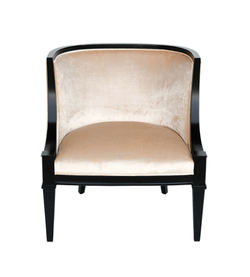 We are eagerly awaiting the arrival of our first order from AVE Home, a specialty furniture company based in New Orleans. AVE Home revives classic design by creating historical reproductions with strong attention-to-detail. Drawing inspiration from a number of design periods, Ave Home produces well-curated collections of both raw wood and finished furniture. AVE COLLECTIONS offers a variety of timeless styles, including French Louis XV, Swedish Gustavian, Hollywood Regency, and Mid Century Modern. AVE RAW also focuses on a range of styles that speak to the DIYer or Designer who want high quality furniture for their own hand applied finishes at an affordable price. I am back from a soccer weekend in Columbus, with gorgeous vintage and antique rugs in tow! If you are interested in any of these, please email me to see them or order! *SOLD*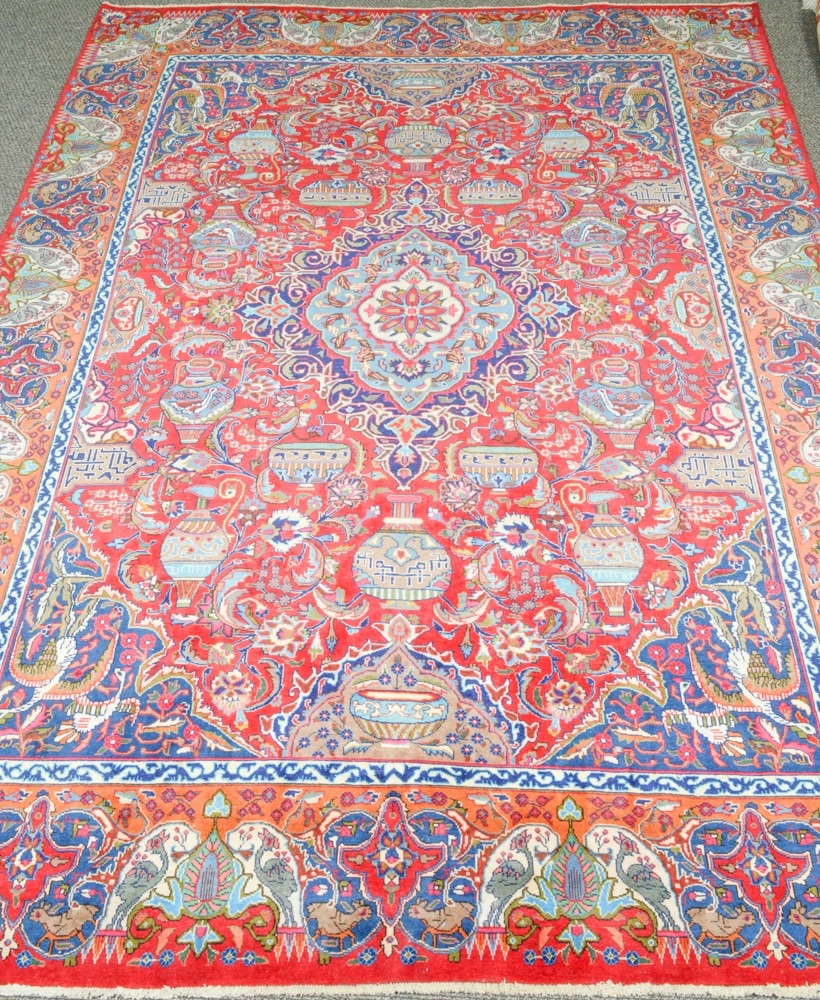 A signed 1930s hand knotted Persian Tabriz pictorial rug. The rug displays a cerulean lozenge medallion with a navy foliate border over a crimson red field. The field is decorated with vase and flower designs in a palette of tan, azure, forest green, blush, cream, and navy. The field is finished with navy blue spandrels with depictions of soaring birds of paradise. A thin cream and navy foliate minor border separates the field from the principal vignette border. The principal border depicts repeating patterns of cranes and deer among colorful palmettes and floral designs. A short cotton warp fringe completes the piece. Condition is Good, with wear pattern consistent with age and use; slight wear to fringe. DIMENSIONS 113.25" W x 0.25" H x 154.5" D Rug measures approximately 9’5" x 12’10" 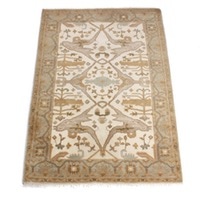 A hand knotted Indo-Turkish Oushak area rug. The rug has a rectangular cream colored field with improvised geometric forms in shades of tan, beige, gray, and ash blue. The field is bordered by a wide meandering vine and floral border with pale blue ground. The piece is finished with a knotted cotton warp fringe at ends. Condition is Good, with wear pattern consistent with use; slight wear to fringe DIMENSIONS 50.0" W x 0.25" H x 62.0" D Rug measures approximately 4’2" x 6’2" 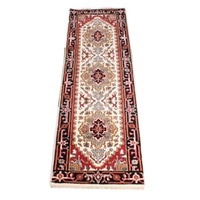 A hand knotted Indo-Persian Heriz Serapi rug runner. The rug features a pale blue colored lozenge shaped field with crenelated border. The field is decorated with lobed medallions in powder blue, navy, green, and tan. An unresolved turtle border is set against a cream ground surrounds the field. The piece is finished with a knotted cotton fringe. Condition is Good, with wear pattern consistent with normal usage and age; slight wear to fringe. DIMENSIONS 30.0" W x 0.25" H x 74.0" D Rug measures approximately 2’6" x 6’2" 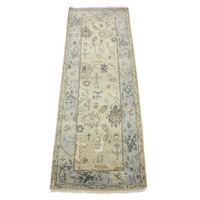 A hand knotted Indian Oushak rug runner. The runner has a tan colored field with improvised decorations of geometric forms in tan, sand, cream, and blue. The field is surrounded by a meandering palmette border in cool tones over a pale blue ground. The rug is completed with a cotton warp fringe at either end. Condition is Good, with wear pattern consistent with normal usage; wear present to fringe ends. DIMENSIONS 32.5" W x 0.25" H x 96.0" D Rug measures approximately 2’8" x 8’0" 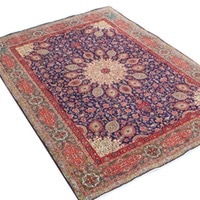 A hand knotted Persian Tabriz room size area rug. The rug displays a cream colored roundel medallion with mustard colored interlocking vine details and ogee pendants surrounding. The medallion rests on a deep blue field, decorated with arabesque vines, Shah Abbasi palmettes, and lancet leaves. Cream spandrels with repeating ogee pendants stand in each corner. The compound border features minor borders of twisting vines and palmettes with respective scarlet and aqua grounds. The principal border features a bold orange cartouche border with emerald colored ground. The rug is finished with a cropped cotton warp fringe. Condition is Good with wear pattern consistent with normal usage; slight wear to fringe. DIMENSIONS 112.0" W x 0.25" H x 155.0" D Rug measures approximately 9’3" x 12’10" 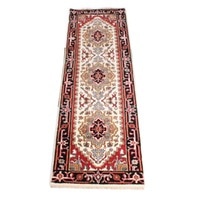 A hand knotted Indo-Persian Heriz Serapi rug runner. The rug features a cream colored lozenge shaped field with crenelated border. The field is decorated with lobed medallions in powder blue, peach, and tan. An unresolved turtle border is set against a blue-black ground. The piece is finished with a knotted cotton fringe. Condition is Good, with wear pattern consistent with normal usage; slight wear to fringe; slight bleeding to dyes. DIMENSIONS 30.5" W x 0.25" H x 99.5" D Rug measures approximately 2’6" x 8’3" I'm so thrilled to launch BLAK RUST Home with my friend and partner, Shannon Pultz! Shannon's beautiful shibori-dyed silk scarves were so incredible, and I couldn't wait to adapt her designs for home decor.
Although bohemian patterns are going to be on trend for the foreseeable future, our focus was on traditional techniques and patterns interpreted in a fresh, modern way as art for your home. On November 5th, we will introduce seven patterns that can be adapted for pillows, draperies, table linens, bed coverings and upholstery. Stay tuned!
|
AuthorMarjorie Carlson Archives
April 2023
|
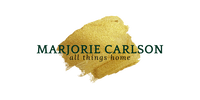
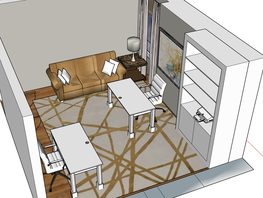
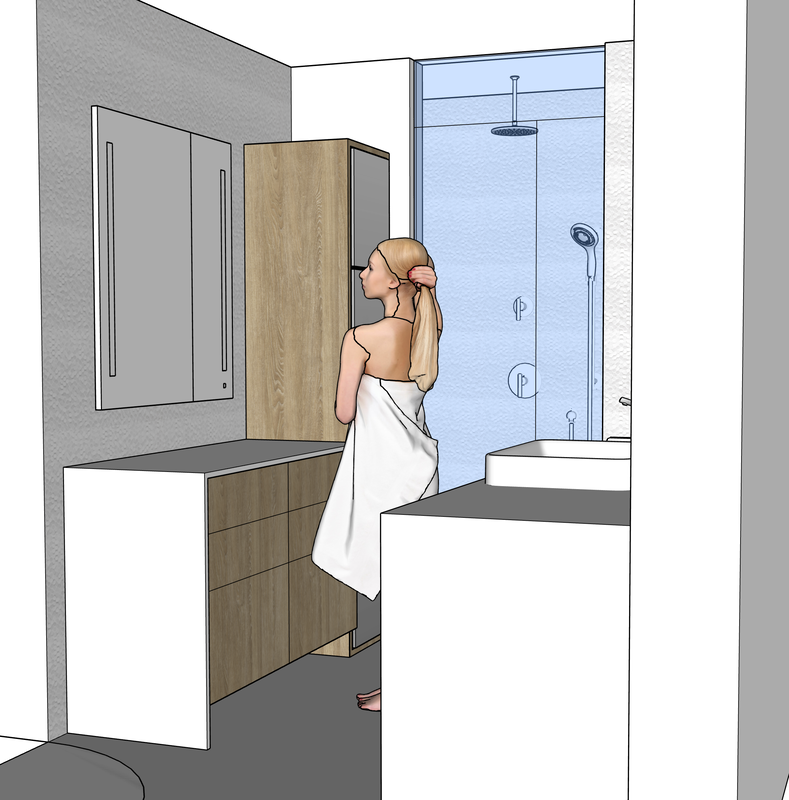
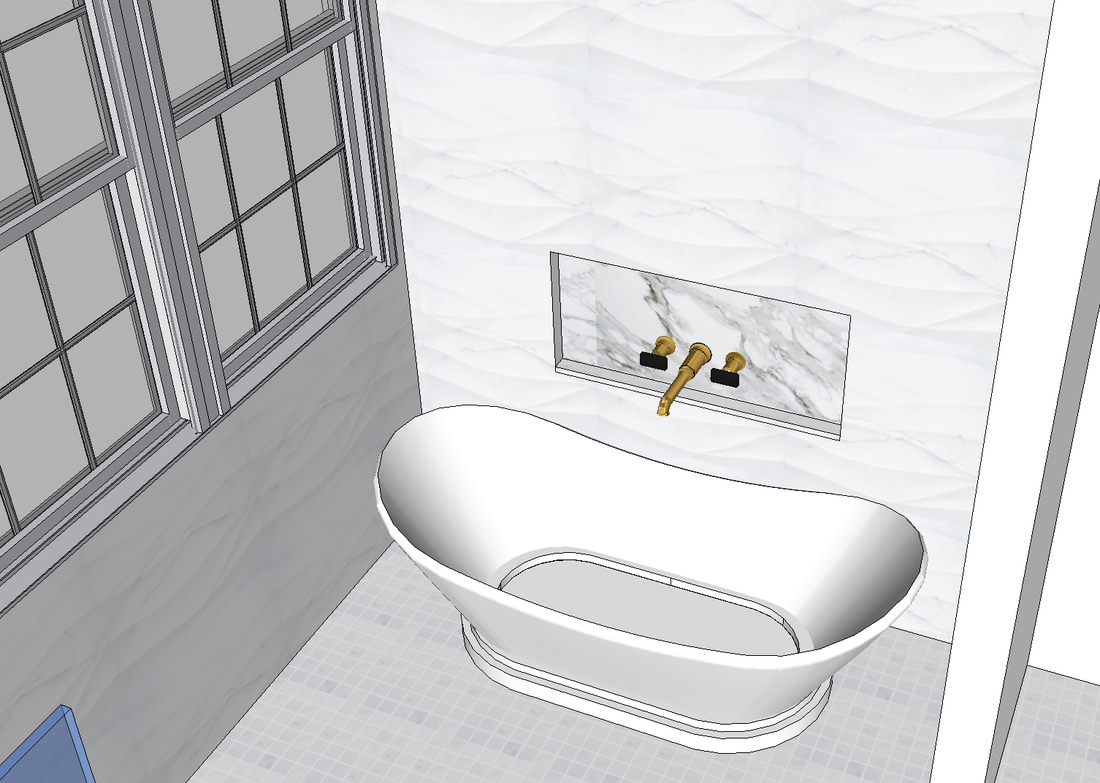
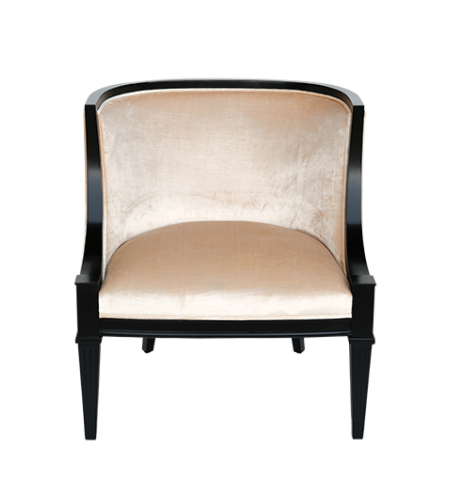
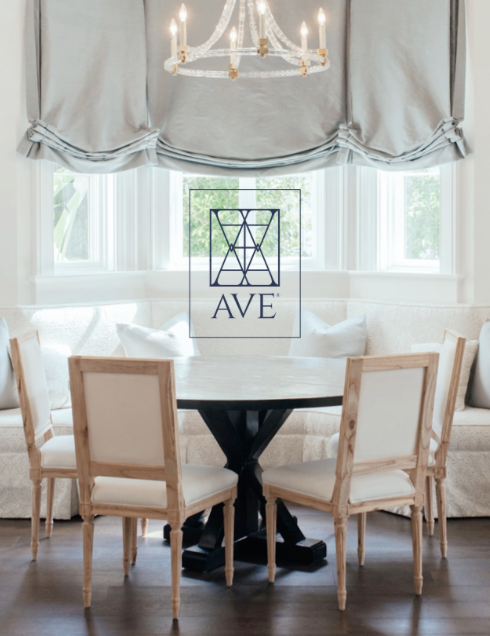
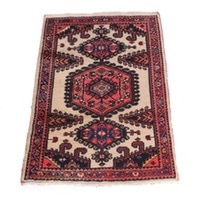
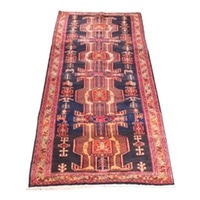
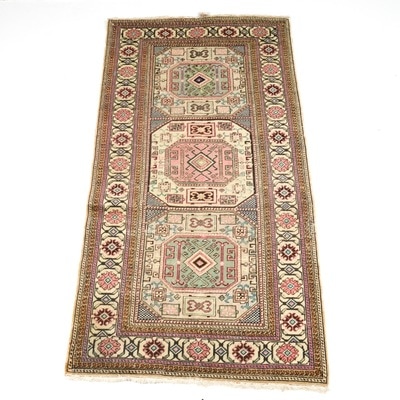
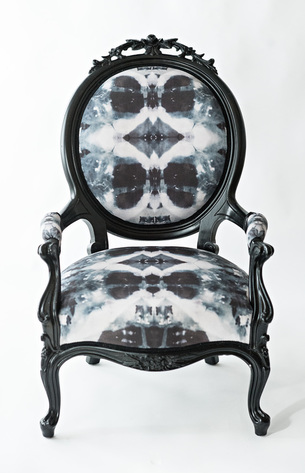
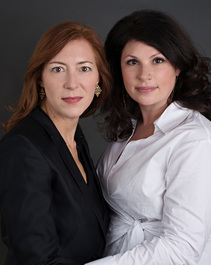

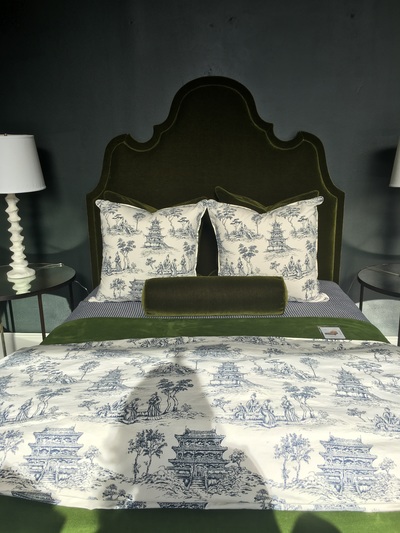
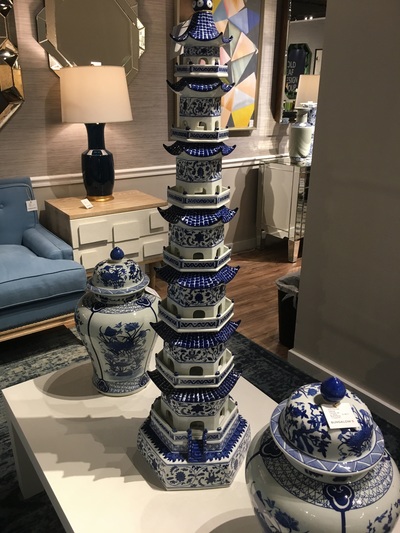
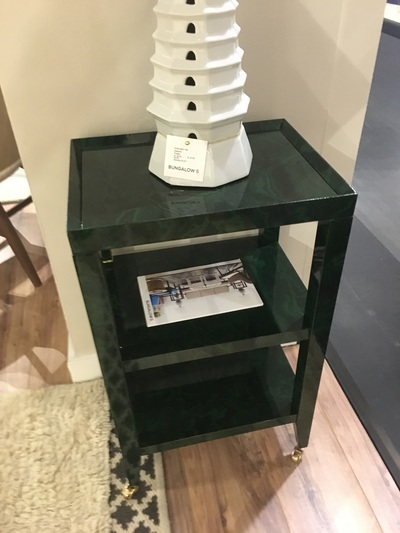
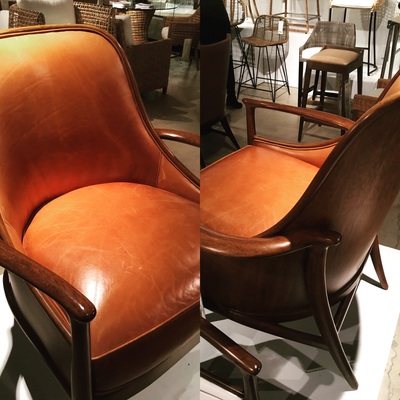
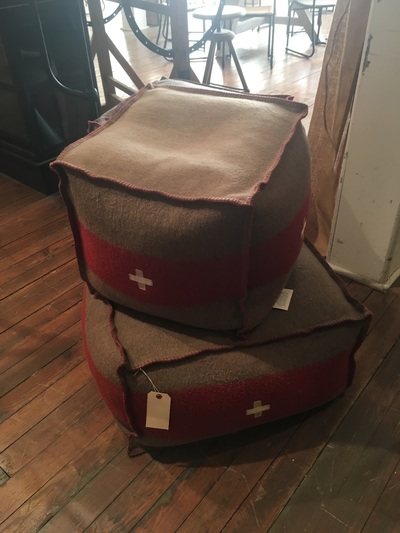
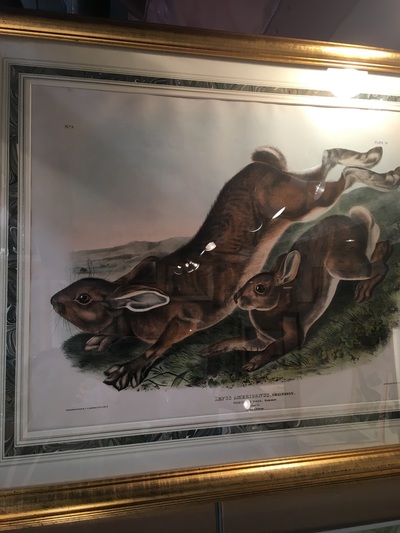
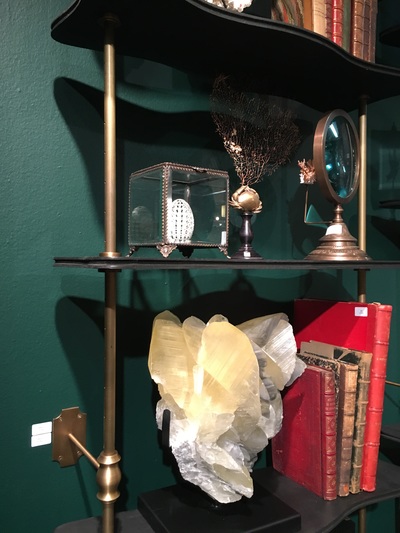
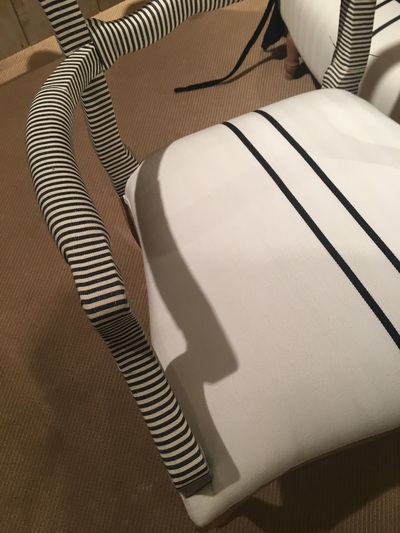
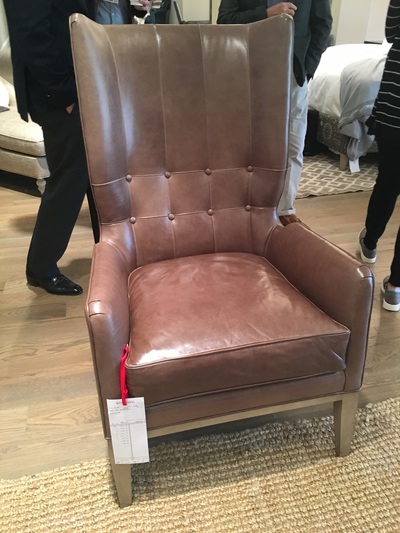
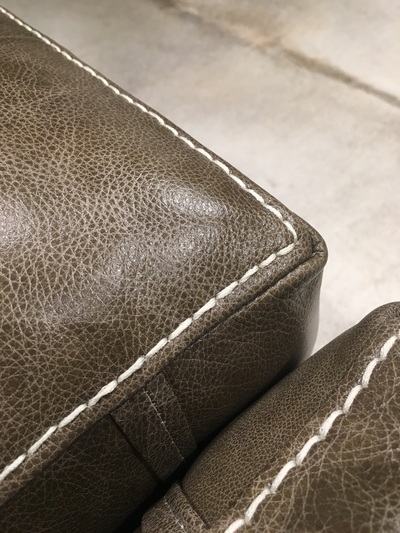
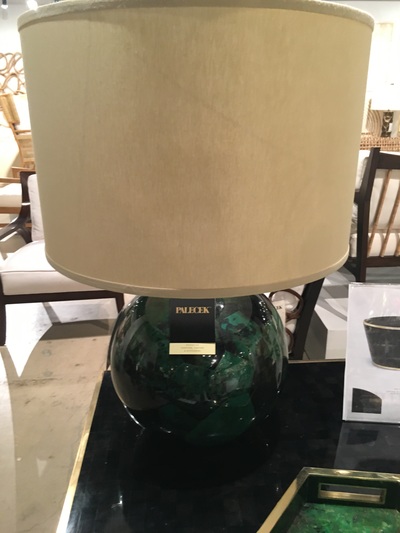
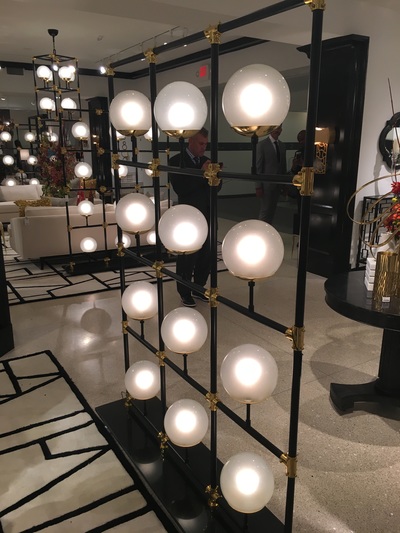
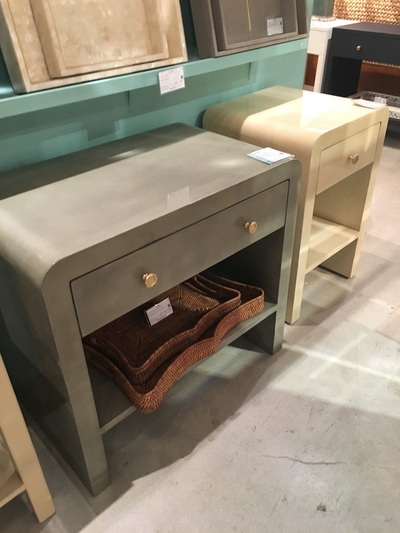
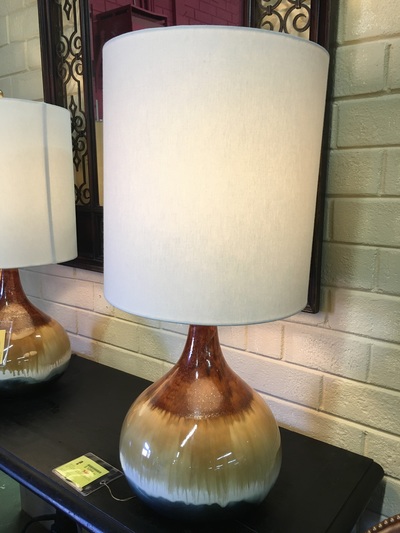
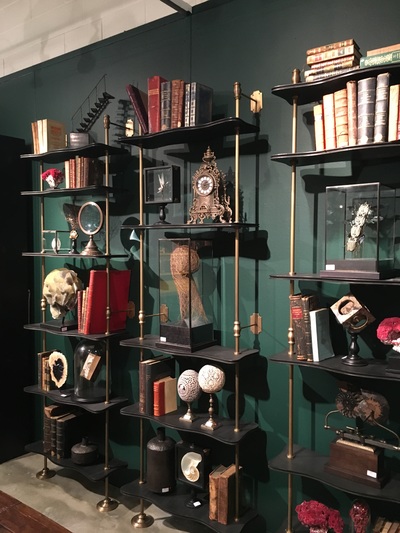
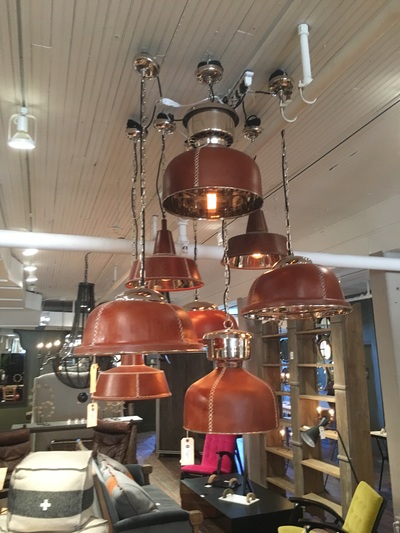
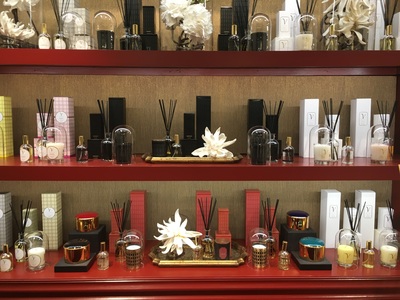
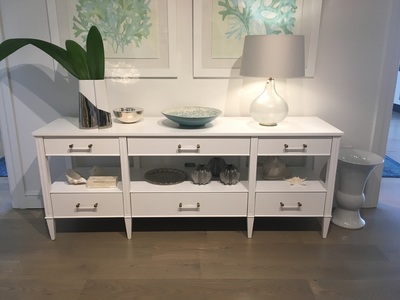
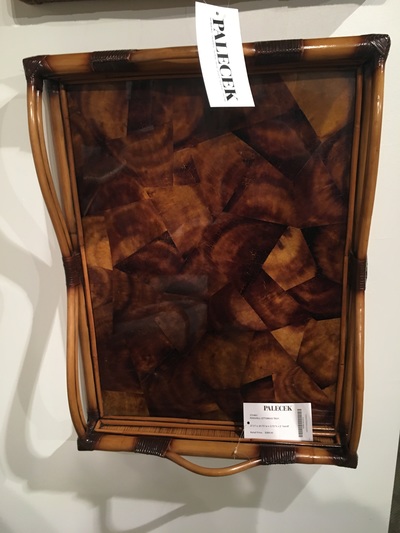
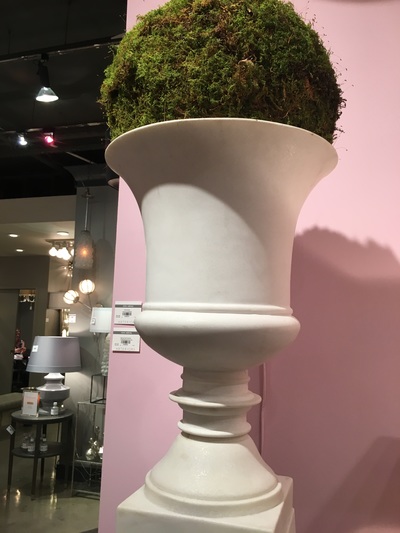
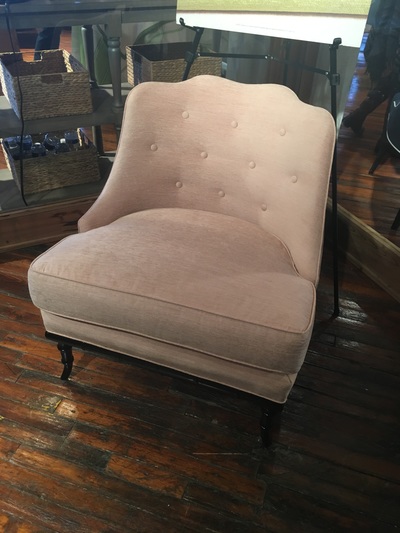
 RSS Feed
RSS Feed